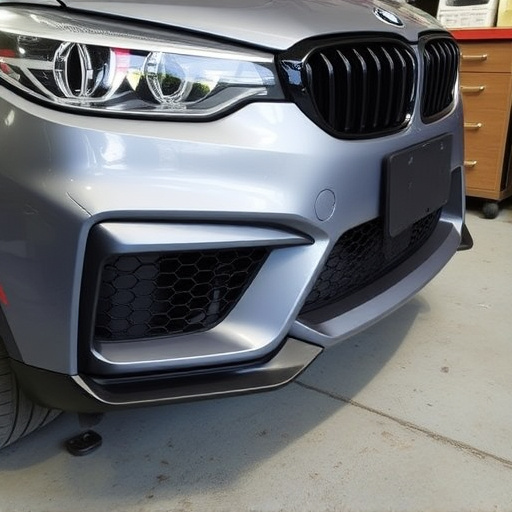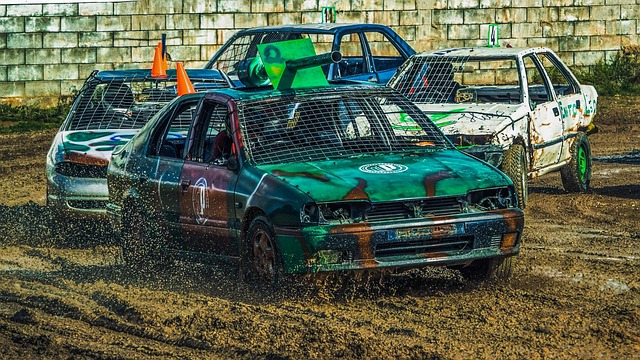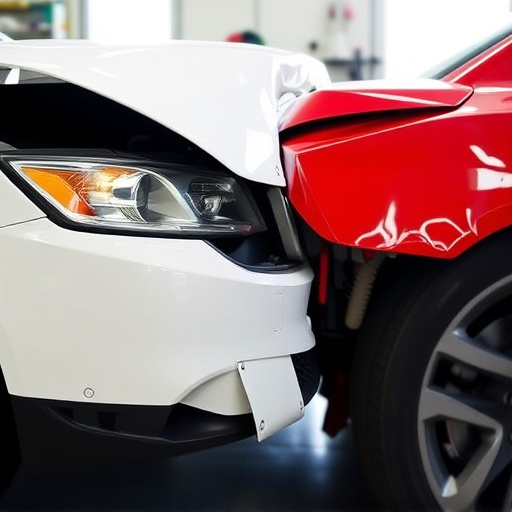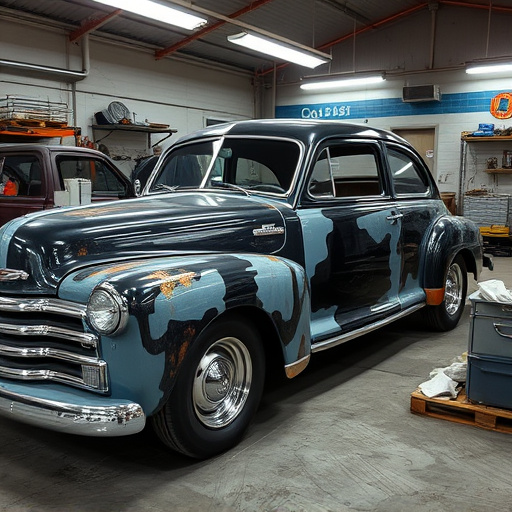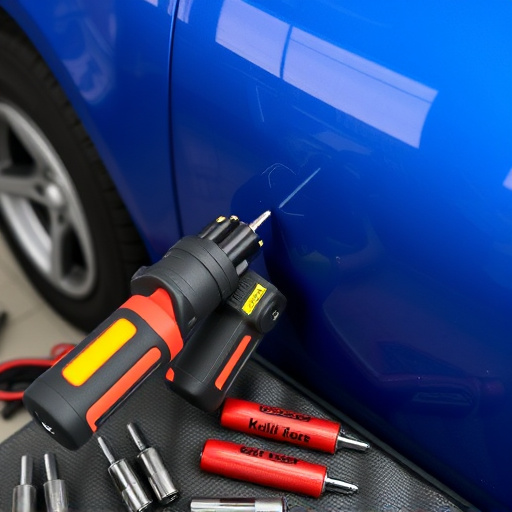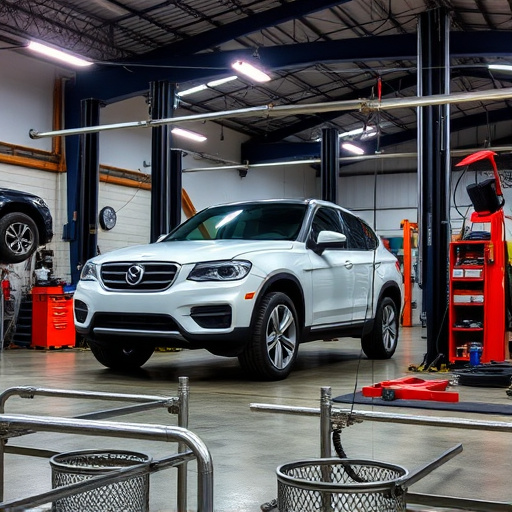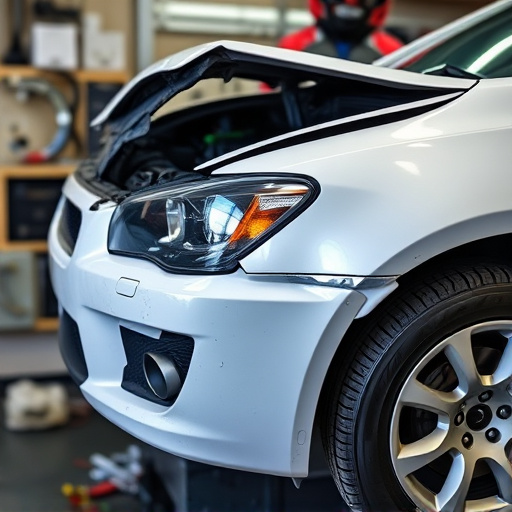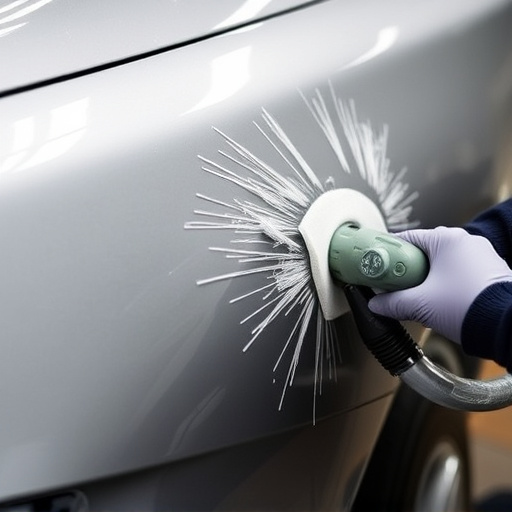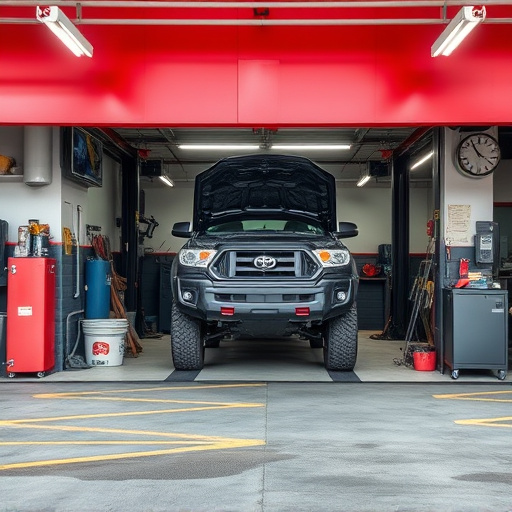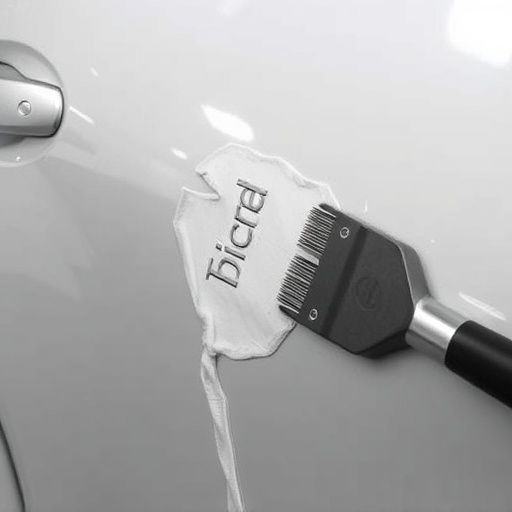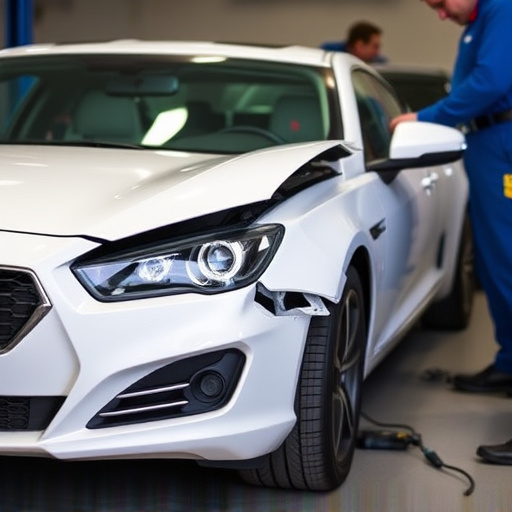Driving in snow poses risks like reduced traction, poor visibility, and hydroplaning, leading to accidents and vehicle damage. Immediate safety measures include stopping in a secure location, activating hazard lights, assessing damage, and seeking emergency help if needed. Snow-related crash repair involves accurate damage assessment, specialized tools for structural repairs, and meticulous dent removal for safe and aesthetic restoration to pre-accident condition.
In the winter months, snow-related crashes pose significant risks on the road. Understanding common hazards like reduced traction and visibility is crucial for safe driving. This article equips drivers with essential steps for crash safety and preparedness, focusing on pre-trip checks and emergency response. We also explore effective techniques for snow crash repair, providing valuable insights to navigate treacherous conditions and ensure swift, efficient recovery. Learn how to tackle snow-related crashes head-on.
- Understanding Common Snow Driving Hazards
- Essential Steps for Crash Safety and Preparedness
- Effective Techniques for Snow Crash Repair
Understanding Common Snow Driving Hazards
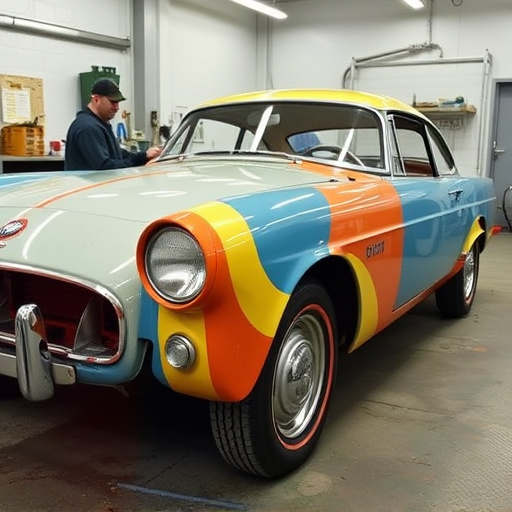
Driving in snowy conditions can present numerous challenges that drivers often underestimate. Understanding common snow driving hazards is the first step toward preventing potential accidents and facilitating efficient snow-related crash repair. One of the primary dangers is reduced traction, especially on icy roads. Even experienced drivers may struggle to maintain control, leading to skidding and potential collisions. Additionally, poor visibility caused by heavy snowfall can significantly impact a driver’s ability to judge distances and react promptly to changing road conditions.
Another critical factor is the increased risk of hydroplaning, which occurs when water on the road surface exceeds the tire’s contact patch, lifting the vehicle off the ground. This phenomenon can cause loss of control and severe accidents, particularly at higher speeds. Furthermore, snow-related incidents often result in complex damage to vehicles, including fender benders, rolled cars, or collisions with other obstacles. These scenarios require specialized knowledge and equipment for proper auto maintenance and car paint repair, ensuring that the vehicle is restored to its pre-accident condition, enhancing safety on the road.
Essential Steps for Crash Safety and Preparedness
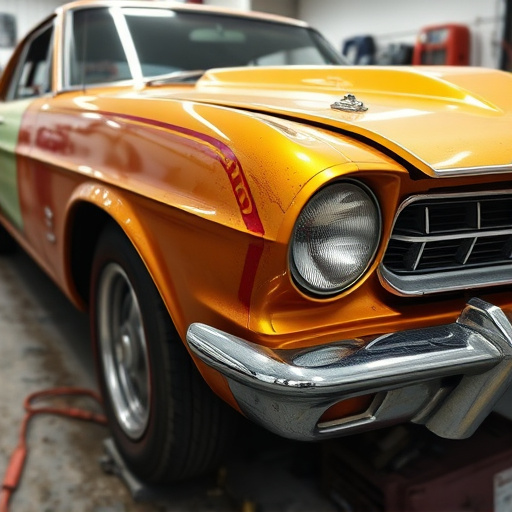
In the event of a snow-related crash, immediate safety and preparedness are paramount. Drivers should first ensure their own protection by stopping in a secure location away from traffic. Engaging your vehicle’s hazard lights signals other drivers to be cautious, minimizing the risk of further accidents. After securing your safety, assess the damage and take necessary steps for snow-related crash repair. Contacting emergency services is crucial if injuries are sustained or the situation poses an immediate threat.
Next, it’s essential to contact a reliable collision repair center. They offer expert body shop services tailored for snow-related incidents, from minor dents and dings to more complex vehicle restoration. These centers have the specialized tools and trained technicians needed to effectively address winter driving damage, ensuring your vehicle is restored to its pre-accident condition.
Effective Techniques for Snow Crash Repair
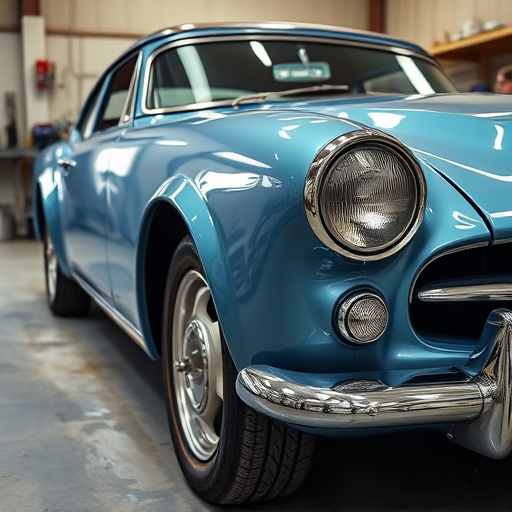
When it comes to snow-related crash repair, effective techniques are paramount to ensuring safe and efficient vehicle restoration. The first step is assessing the damage. Look for signs of impact, such as dents, cracks in the windshield, or misaligned body panels. This initial inspection guides the subsequent repair process.
For car collision repair involving snow, specialized tools and methods are employed. These include precision welding techniques to make precise repairs without compromising structural integrity, and high-quality paints that match the vehicle’s original finish. In terms of vehicle body repair, careful attention is given to filling and smoothing out dents, ensuring a seamless final product.
Snow-related crashes can be hazardous, but with a solid understanding of common risks and effective preparation, drivers can enhance safety and streamline post-crash repairs. By following essential steps for safety and employing proven techniques for snow crash repair, you’ll be better equipped to navigate wintry roads and ensure faster, more efficient vehicle restoration. Remember, knowing how to handle these situations is crucial for peace of mind during the cold months ahead.
